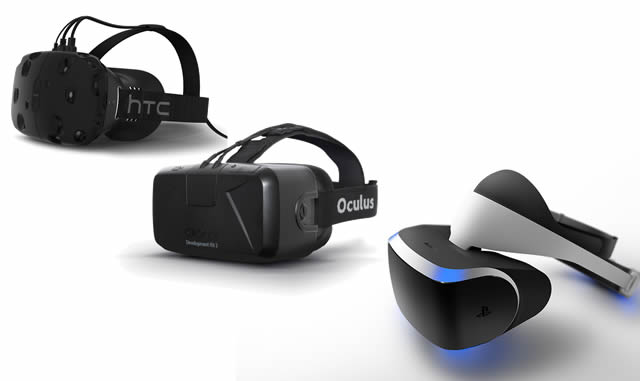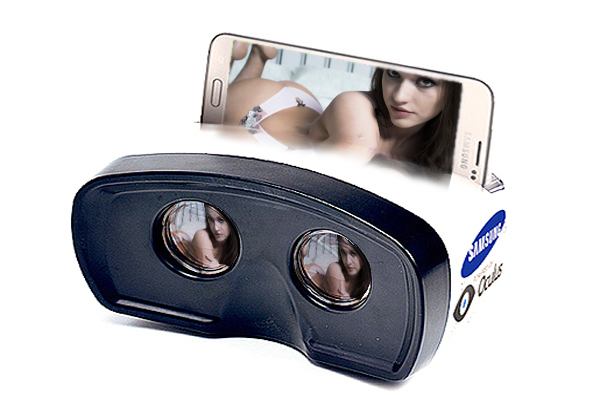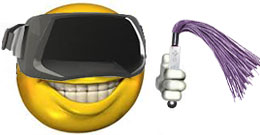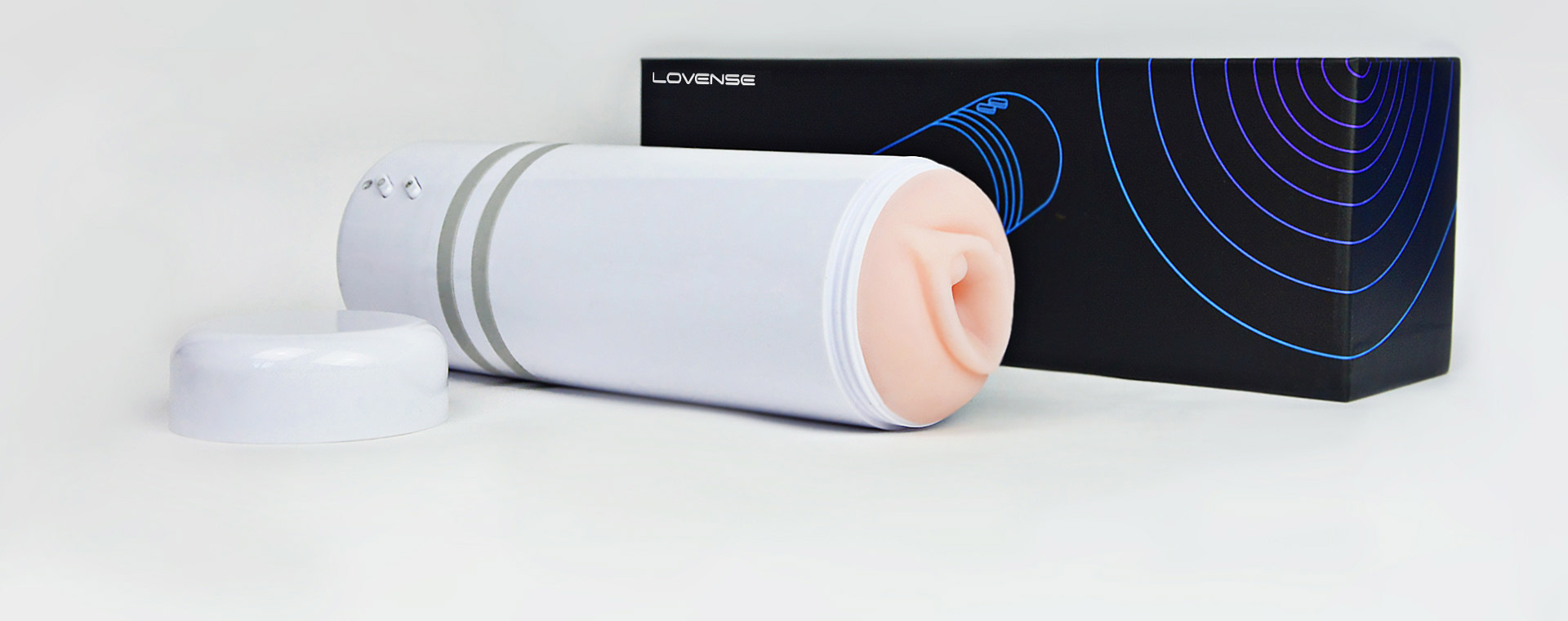The Recent announcement by the media giant, CNN, that they will be streaming the US Democratic presidential debate in Virtual reality is evidence that VR is already revolutionizing how we view things world over. The Democratic debate scheduled for October 13, 2015, will be the first ever live news event to stream live in VR. This comes barely a fortnight after Disney led other investors in investing $65 million on Jaunt, a Silicon Valley startup specializing in VR. To say, VR is the next big thing is an understatement. It’s a revolution whose time has come.
Understanding Virtual Reality (VR)
This turn of events begs the question, “What is virtual reality and why is it sending users and enthusiasts into a frenzy?” Well, let us decipher virtual reality.
Understanding virtual reality
Virtual reality (VR) is an environment an artificial environment that is 3-Dimensional generated using a computer software and is presented in such a manner the viewer can interact and explore it like it was real. The viewer becomes immersed in this environment can manipulate objects perform numerous actions. Some of the stimuli experienced within such environment include sound, video, images and touch. The kind of stimuli experienced is determined by the gadget the viewer is using.
To be able to access VR, the viewer needs to wear a head mounted display (HMD) able to display 3-D images. There are many types of HMD’s all with their different capabilities and offering different stimuli. Listed below are some HDM’s, some have already hit the shelves whereas some are yet to be launched.
Oculus Rift
It is thought to be the HMD that caused all the hysteria surrounding VR. It’s unlike any HMD ever made before. It embodies sharper displays and very powerful processors. It has head tracking sensors that are very accurate. Oculus Rift offers users 360 degrees perspective courtesy of magnetometer, gyroscope and accelerometer designed to accurately track the Rift across all the 3D space.
Consumer edition of the Oculus Rift is expecting to start shipping next year, 2016. It is expected to be accompanied with two touch controllers that are wireless used for hand tracking and an Xbox One control pad compatibility.
HTC Vive
It is expected to hit the shelves before the end of the year. It embodies more than 70 sensors and offers a 360-degree head-tracking capability with a 90Hz refresh rate. It is connected to PC’s via USB or HDMI and is controlled using an Ergonomic VR game controllers on each hand. It contains an audio jack where the user plugs in their favorite headphones. It has 1200 by 1080 pixels screen in front of every eye.
Microsoft HoloLens
It’s half virtual and half augmented reality. Microsoft combines real world elements with virtual holographic images. It utilizes Kinect-style tech for gesture recognition and voice commands. It offers 120-degree field of vision. It has a full Windows 10 system built into the headset hence no need for connecting it to the PC. It is powered by rechargeable batteries. The release date is yet to made public.
Sony PlayStation VR
It is set to be launched in the first half of 2016. It has 5.7 inch OLED display to improve motion blur and offer low persistence. The display has a refresh rate of up to 120 Hz. It has numerous LEDs to achieve high tracking accuracy and positional awareness of the HMD.
Samsung Gear VR
It powered by Oculus Rift and utilizes Samsung Galaxy Note 4 or Galaxy S6.The handset is simply slid in front of the lenses. It uses Super AMOLED display as the screen. It offers a 96-degree field of view.
The above listed are just but a few of the already existing HMD’s. There number of manufacturers is constantly mushrooming, and so are the number of VR products in the market. With VR being embraced in many aspects of our daily lives like education, movies, gaming and porn, we expect HMDs to continue displaying a wealth of cutting edge technology. We expect them to literally close the gap between virtual and actual reality.








